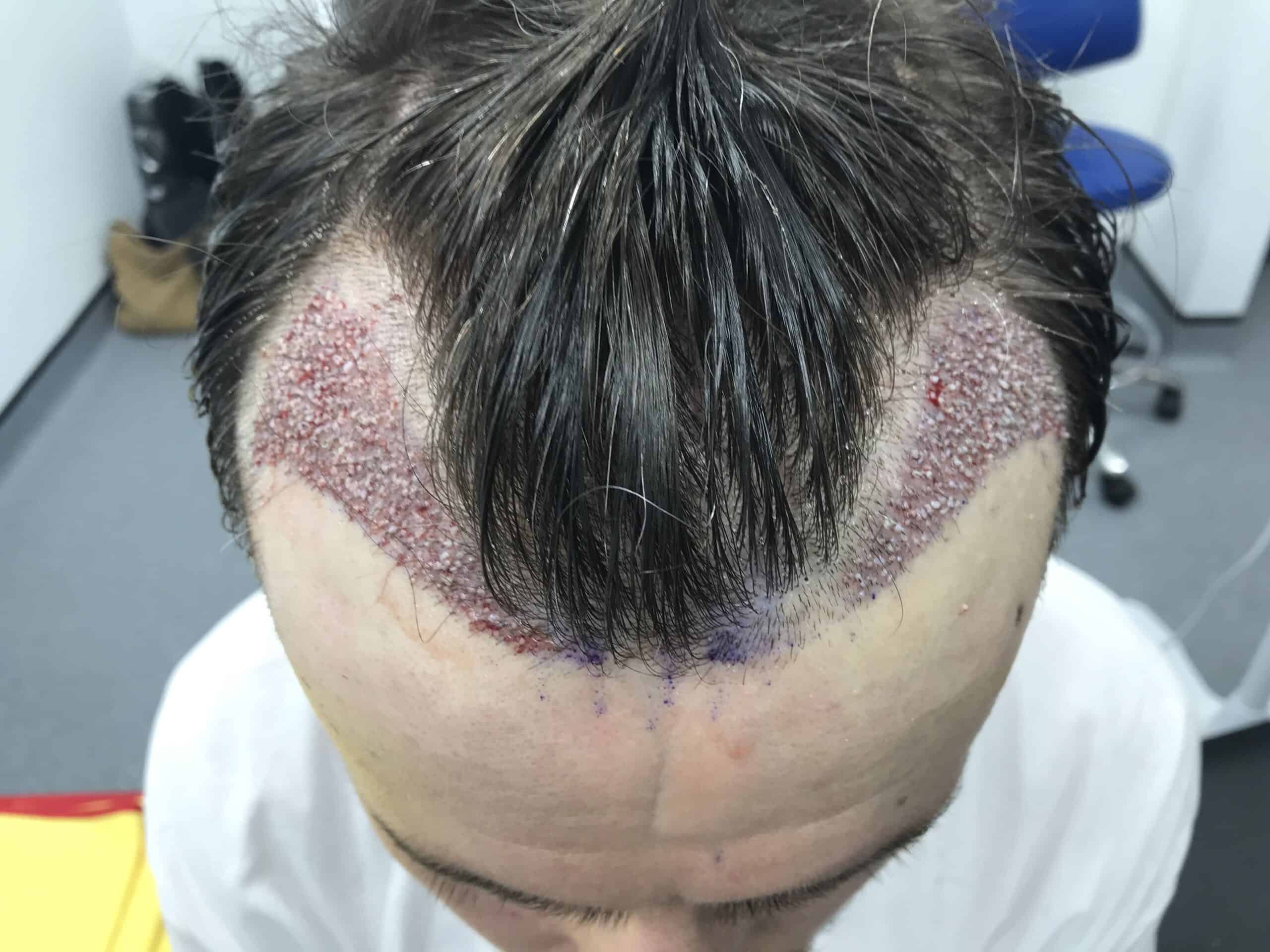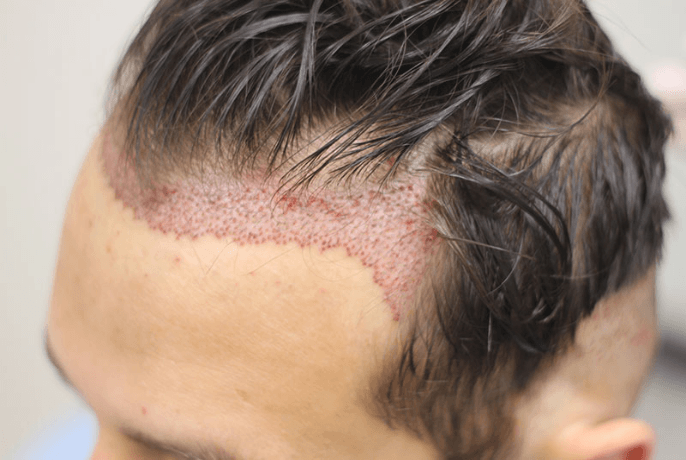If you're struggling with hair loss and wondering how a hair transplant works, you're not alone. The procedure has gained immense popularity worldwide, including in destinations like Dubai, where cutting-edge technology meets exceptional patient care. Hair loss can impact one's self-esteem, but thanks to modern hair restoration methods, a Hair Transplant in Dubai offers a viable solution to regrow your natural hair and restore your confidence. In this article, we’ll dive deep into how hair transplants work, the different techniques used, and what you can expect from the process.
What is a Hair Transplant?A hair transplant is a surgical procedure designed to treat hair loss by moving hair follicles from one area of the scalp (usually the back or sides, known as the donor site) to areas experiencing thinning or balding (the recipient site). The goal of this surgery is to restore a natural-looking hairline, providing you with fuller, thicker hair that blends seamlessly with your existing hair. The process may seem intimidating at first, but with advancements in medical technology, hair transplants are more effective, less invasive, and quicker than ever before. Whether you're dealing with male-pattern baldness, receding hairlines, or other forms of hair loss, a hair transplant can be a game changer. Different Types of Hair TransplantsThere are two main types of hair transplant procedures, each with its own set of techniques and benefits: 1. Follicular Unit Extraction (FUE)Follicular Unit Extraction (FUE) is one of the most advanced methods of hair transplantation. In this procedure, individual hair follicles are harvested from the donor site using a small, circular punch tool. These follicles are then implanted into the balding or thinning areas. FUE is minimally invasive, and because it doesn’t require any large incisions, the recovery time is usually quicker than traditional methods. One of the key advantages of FUE is that it leaves no visible scars, making it an excellent choice for those who prefer shorter hairstyles or want a more discreet solution. This technique also has a lower risk of complications, ensuring a smoother experience for patients. 2. Follicular Unit Transplantation (FUT)Follicular Unit Transplantation (FUT), also known as the strip method, involves removing a strip of tissue from the donor site. The hair follicles are then extracted from this strip and transplanted into the thinning or balding areas. Although the procedure may leave a linear scar, it’s often suitable for patients who need a larger area of hair restoration and are willing to accept the scar in exchange for the results. FUT is known for providing a high-density hair restoration and may be preferred by patients who need to transplant a large number of follicles in a single session. The Process: What Happens During a Hair Transplant?A hair transplant typically follows several key stages: 1. ConsultationBefore the procedure begins, you’ll have a consultation with your specialist to assess your hair loss, discuss your goals, and decide on the best course of action. During this session, the specialist will evaluate the donor and recipient areas, ensuring that you’re an ideal candidate for a hair transplant. 2. PreparationOn the day of the procedure, you’ll be given local anesthesia to numb the scalp, ensuring you’re comfortable throughout the process. Depending on the method used (FUE or FUT), the surgeon will then begin extracting hair follicles from the donor area. 3. Follicle ExtractionFor FUE, each hair follicle is extracted one by one using a small punch tool, while for FUT, a strip of tissue is removed from the donor site. This step may take several hours, depending on the number of follicles to be transplanted. 4. Graft ImplantationAfter the follicles are harvested, they are carefully implanted into tiny incisions made in the recipient site. This step requires precision to ensure that the follicles are placed in the correct direction and density to create a natural hairline. 5. RecoveryOnce the hair follicles are transplanted, the procedure is complete. While there may be some mild swelling or redness in the donor and recipient areas, most patients can resume their normal activities within a few days. However, it’s important to follow aftercare instructions closely to ensure optimal healing and results. Results: When Can You Expect to See Your New Hairline?It’s essential to manage your expectations after a hair transplant. The transplanted hair will initially shed within the first few weeks, but this is a normal part of the process. New hair will begin to grow in the transplanted areas within a few months, and it can take up to 12 months to see the full results. The new hair will continue to grow naturally, providing you with a fuller, thicker appearance that can last for years. With proper care and maintenance, your Hair Transplant Dubai results can be long-lasting, allowing you to enjoy a natural, restored hairline.
Why Choose a Hair Transplant in Dubai?Dubai has become a sought-after destination for individuals looking for high-quality hair transplants. The city offers state-of-the-art medical facilities, experienced specialists, and advanced technology, making it an ideal place to undergo a hair restoration procedure. Many individuals choose Dubai for its reputation in the medical tourism industry, as it combines excellent service with competitive pricing. Additionally, Dubai offers a luxurious and comfortable environment for recovery, ensuring that your hair transplant journey is as smooth and stress-free as possible. Conclusion: A Path to ConfidenceHair loss can be a distressing experience, but with the help of a hair transplant, you can regain a natural, youthful appearance and restore your confidence. Whether you’re interested in FUE or FUT, a hair transplant in Dubai offers an opportunity for those seeking long-term hair restoration solutions. With its advanced techniques and experienced professionals, Dubai is a great choice for anyone considering a hair transplant. Take the first step towards your new hairline today! | |
|
| |
| Views: 11 | |
| Total comments: 0 | |

